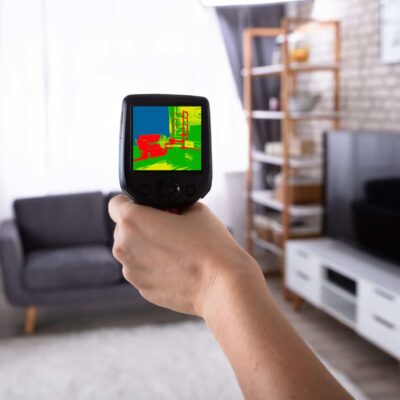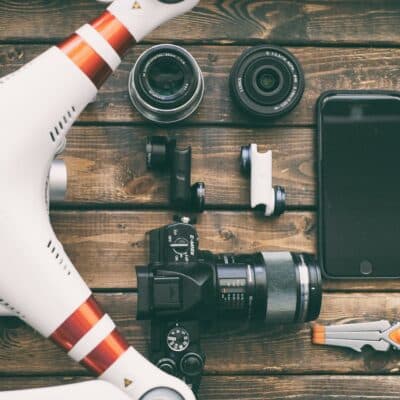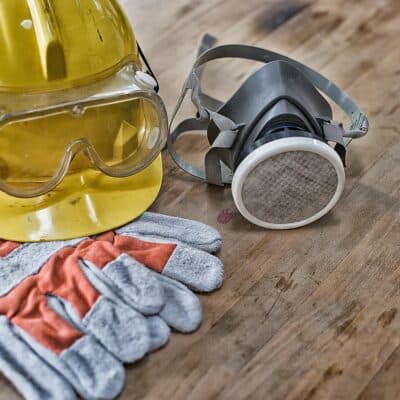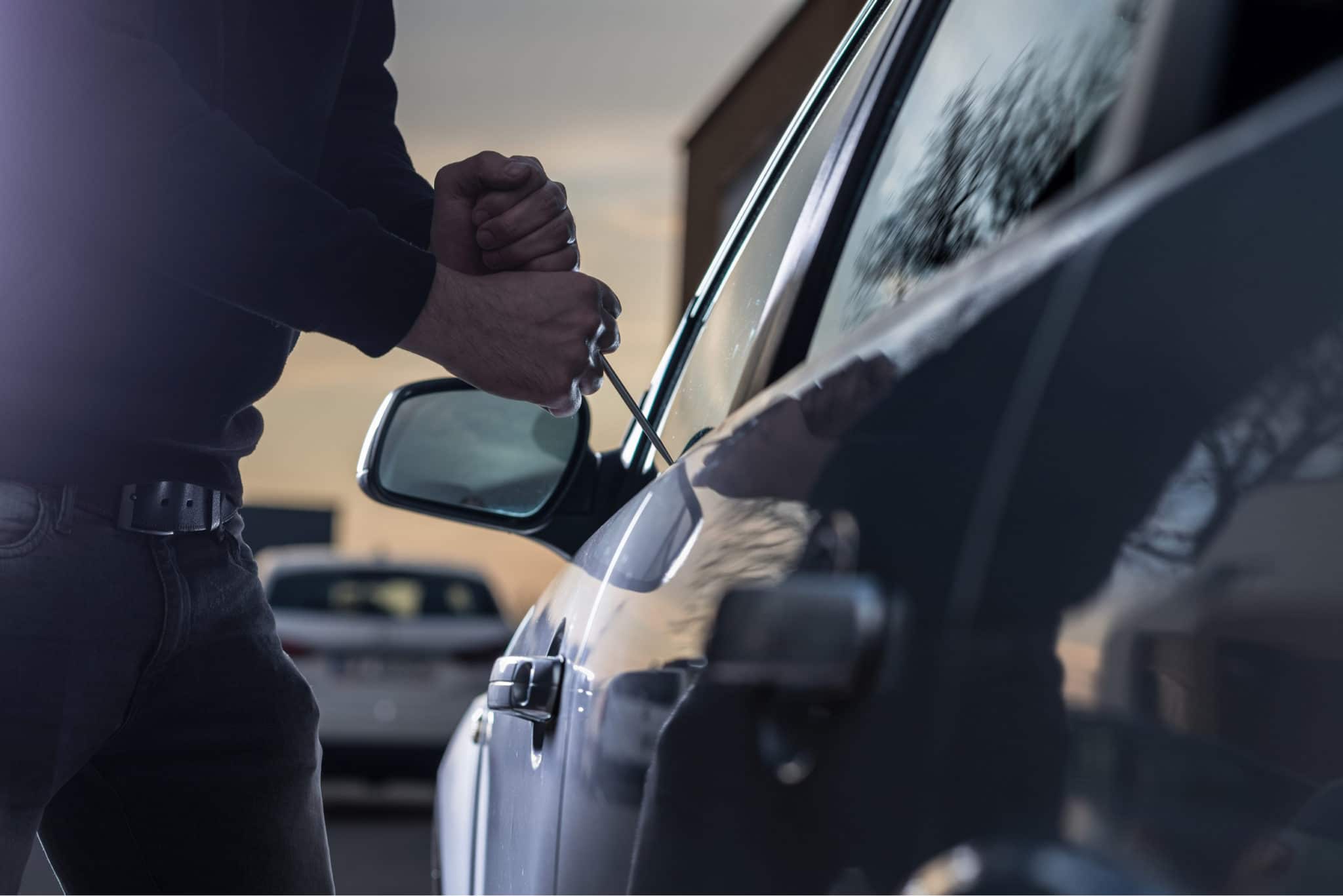Home Inspection Equipment and Tools Checklist
Last Updated June 5, 2024
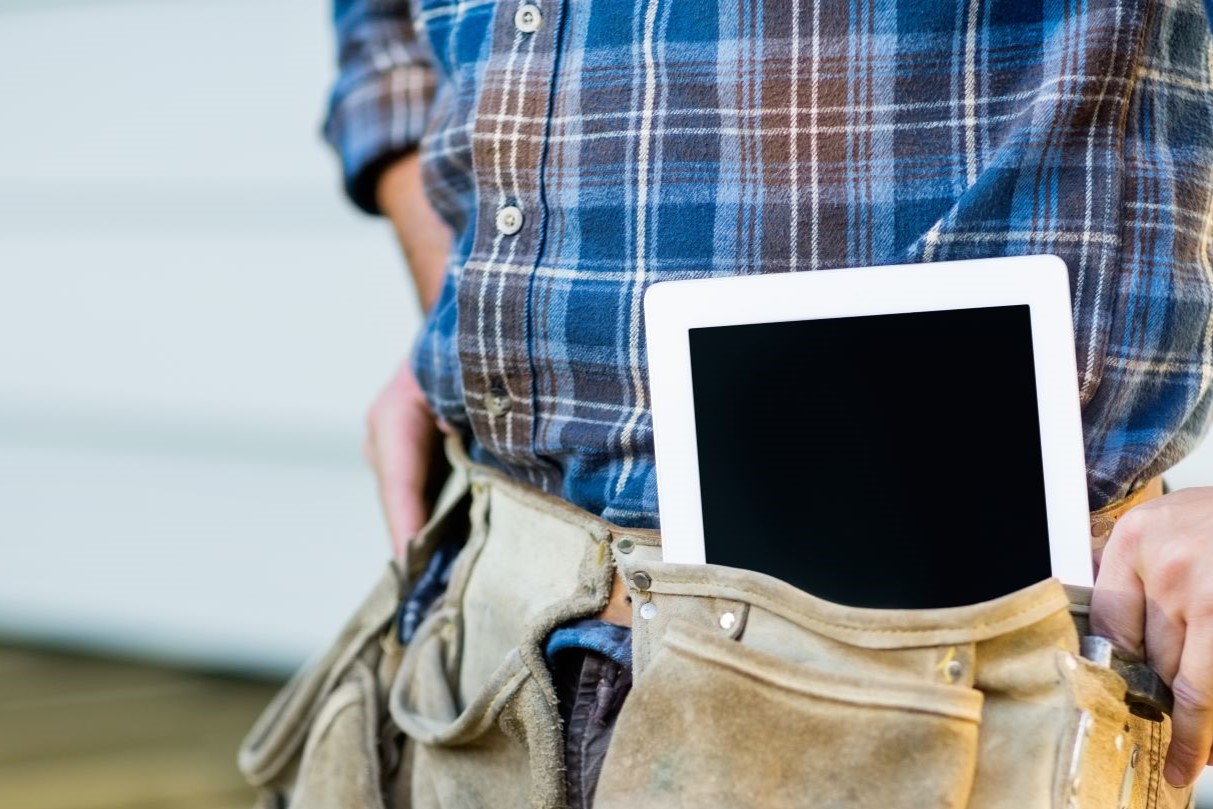
Running a home inspection business comes with countless decisions. When it’s time to shop for home inspection equipment and tools, remembering what you need to buy, what you already have, and what you’ll want down the road can feel overwhelming.
After all, it’s about more than just your budget. You’re making investments for the long-term wellbeing of you, your family, and your employees.
Whether you’re just getting your business off the ground, or making plans to expand your inspection services, we want to make shopping that much easier. We’ve compiled popular personal protective equipment (PPE), splurge-worthy technology, and tools for home inspectors from multiple sources across the industry into one article.
Grab a pen and buckle up for this comprehensive list of inspection tools and equipment.
A Home Inspector’s Essentials
Some home inspection equipment and tools are essential. What makes them necessary is that you couldn’t do your job—providing a limited, non-invasive visual inspection with a report of your findings—without them.
What tools does a home inspector need? Here’s a checklist of the essentials:
• Flashlight
Flashlights are non-negotiable for a home inspector’s tool bag or belt. From dark and dank crawlspaces, to dim and cramped attics, inspectors need powerful, dependable flashlights to navigate hard-to-see places. Additionally, flashlights can uncover defects hidden by shadows and reflected light, writes Brett Lee of Cozy Home Inspections, LLC in Oregon.
• Electrical Tester
Electrical testers are another home inspection tool you can’t go without. They analyze ground fault circuit interrupters (GFCIs) and arc-fault circuit interrupters (AFCIs) to determine if they’re functioning properly. Electrical testers, like voltage indicators and outlet testers, can detect improper wiring or if wires or components have electrical currents running through them. Learn more about choosing the right electrical testers.
• Ladder
Considering roof damage is the second most common claim against home inspectors, ladders are essential to getting your boots on the roof to find defects. Read our survey of over 1,000 home inspectors on the best ladders for home inspectors.
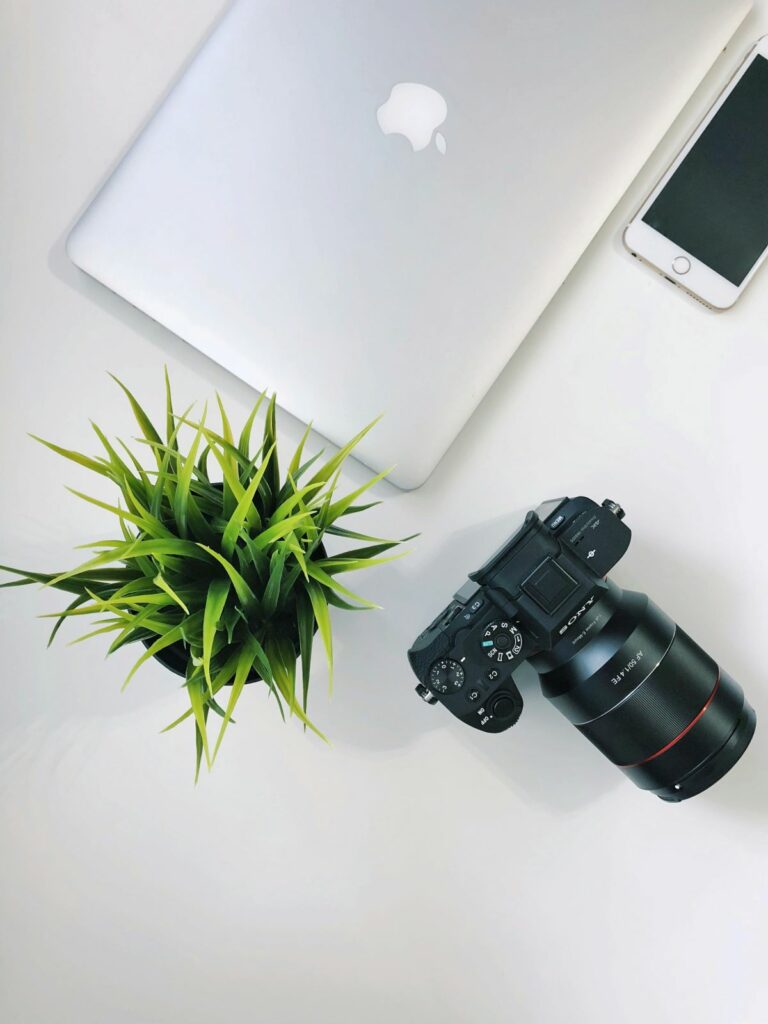
• Extra Batteries
Lots of home inspection tools run on battery power. Having backup batteries ensures optimal battery life of your important equipment during inspections. Inspectors recommend having various sizes and investing in rechargeable batteries for convenience.
• Camera
Whether you’re using a digital camera, phone, or tablet, cameras are one of those must-have tools to bring to a home inspection. Photos enhance your reports by providing visuals of your findings. Photos also provide tangible evidence of what was (and wasn’t) there during your inspection, providing you with necessary defense during claims. Learn about the home inspection cameras your fellow inspectors recommend.
• Home Inspection Equipment for Reporting
Nearly every inspector in the business uses a digital report writing software. This requires professional home inspection equipment like a laptop, tablet, or phone to run it. Even if you don’t finish your reports onsite (and we don’t recommend doing all your reporting during the inspection), many inspectors recommend using a mobile device to access your reporting software and can make notes on the go.
• External Storage Device
After the inspection is over, you still need home inspection equipment to store your files.
Our claims team recommends storing your signed pre-inspection agreements, inspection photos, and reports as long as possible—even if your statute of limitations is shorter. To store all those big files, you need space. We recommend investing in an external hard drive or cloud storage. Learn more about storing important inspection documents here.
Personal Protective Equipment (PPE)
When considering what to wear to a home inspection, put your safety first with personal protective equipment (PPE). PPE includes the parts of your home inspector uniform that decrease your exposure to electrical, airborne, and weather hazards. With PPE’s defensive covering, you can decrease the likelihood of getting hurt or sick during inspections.
Here’s a checklist of personal protective home inspection equipment we recommend:
• Coveralls
Offering full-body protection from biological and chemical dangers, coveralls are great for keeping harmful substances off your skin. When used in attics and crawlspaces, removable coveralls can also keep dirt and debris away from the rest of your clients’ homes.
• Eyewear
You can prevent 90 percent of occupational eye injuries with the right eyewear, reports HexArmor. Eyewear—like safety glasses, goggles, and face shields— protect against airborne mold and dust, electrical sparks, liquid splashes, smoke, gas, and falling debris.
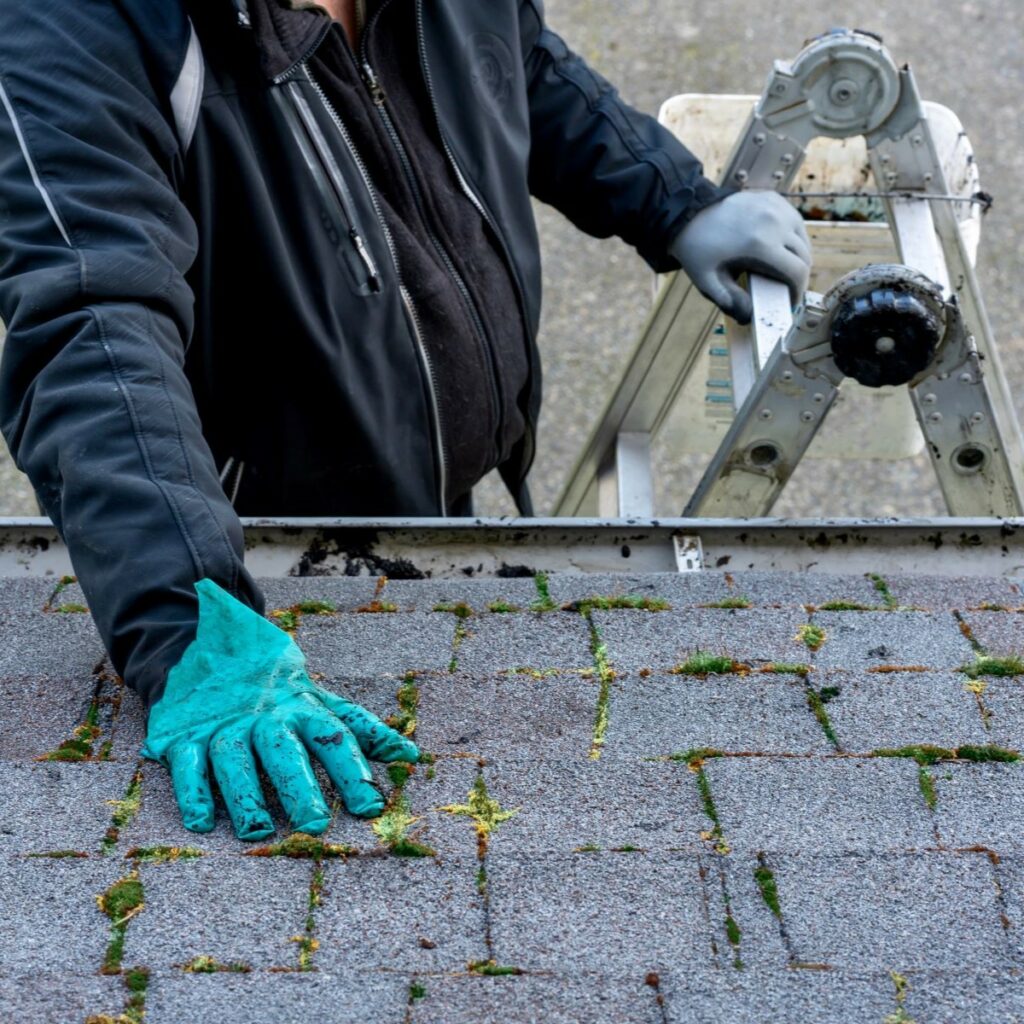
• Headgear (bump caps, hard hats, etc.)
Keep your head—metaphorically and literally. Home inspectors’ tool kits should include headgear, like bump caps and hard hats, to protect your brain, scalp, and skull from falling, flying, or low-hanging objects.
• Respirator
Breathing potentially contaminated attic and crawlspace air can take a toll on your body. Consider home inspection equipment and tools like respirators. Half and full-face respirators lower your risk of lung cancers, diseases, and even death from airborne toxins. Just know you need training to use them safely and correctly.
• Gloves
Attics can have sharp objects. Crawlspaces may have mold, sewage, animal carcasses, and fecal matter. Avoid accidentally touching unclean or sharp surfaces with your bare hands by adding gloves to your home inspector uniform. Insulated rubber gloves can also protect your hands from electrical injuries.
• Padding (Elbow, forearm, knee pads, and/or padded forearm gloves)
To reduce your chance of injury while crawling through a crawlspace or mounting a roof, consider elbow, forearm, and knee pads or even padded forearm gloves.
• Footwear
Good shoes prevent mild injuries and pain, like blisters and bunions you may get from being on your feet all day. But when climbing ladders and traversing slippery roofs, properly fitting shoes with good traction can also prevent bad falls. Non-conductive rubber shoes can safeguard you against electrical dangers, too.
• Anti-Skid Shoe Covers
This one’s less about protecting you and more about protecting the house. Wearing anti-skid shoe covers around your clients’ houses can keep their floors clean. They’re one of those home inspector uniform pieces that realtors, buyers, and sellers love to see.
Optional Home Inspection Equipment
We’ve covered the tools home inspectors need for every inspection. But there are more to consider for your home inspection business. Here is a list of inspection tools and equipment that are useful, but not must-haves for everyone:
• Headlamp
To keep their hands free in attics and crawlspaces, some inspectors like having a headlamp in addition to their standard flashlight.
• Moisture Meter
While not a diagnostic device, a moisture meter can help you determine if an area has water damage—the number one claim against home inspectors. Learn more about moisture meters for home inspections, including whether you want a pinless or pin-type moisture meter.
• Infrared Camera
Also known as thermal imaging, infrared cameras can help you detect roof leaks, electrical issues, structural defects, and insulation anomalies with heat signatures. Learn about the benefits and limitations of infrared cameras for home inspections.
• Combustible Gas Detector
Gas detectors sense gas emissions and can locate potential leaks from furnaces, water heaters, fireplaces, and pipes. You can use these home inspection tools to quantify your findings with the tool’s percentage readings.
• Radon Monitor
Radon monitors measure levels of radon gas, which can be harmful in large quantities. For information on leasing or buying monitors and how to limit your liability when testing for radon, click here.
• Microwave Tester
While testing a microwave for functionality, you can use a microwave tester to help identify potential issues and leaks.
• Tool Storage
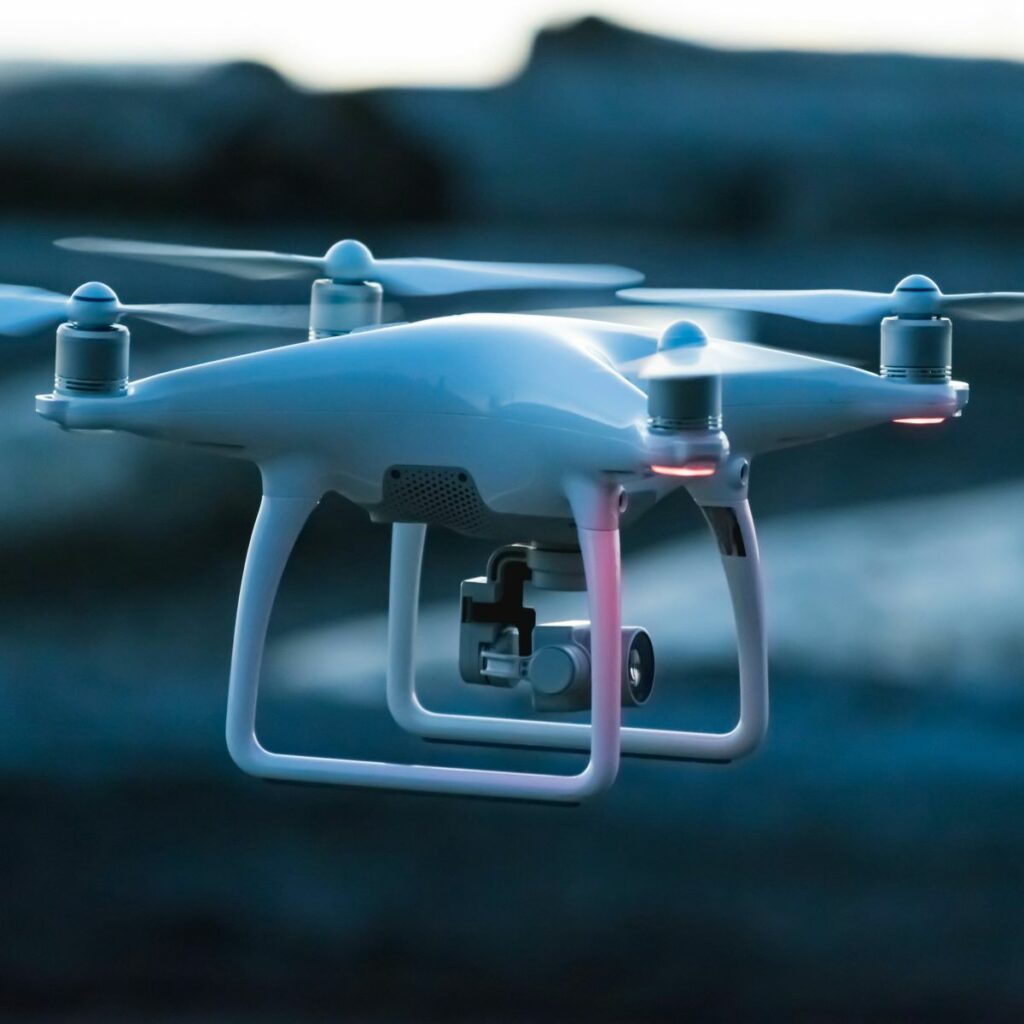
Most inspectors like or need a place to store all their home inspection equipment and tools. A home inspector’s tool bag, vest, or belt can consolidate your smaller PPE and tools so you don’t lose them.
• Drone and/or Telescope Pole Camera
Weather, pitch, and material can all render a roof unsafe to traverse. If you can’t walk the roof, you could use a drone or a pole cam, instead. Drone owners can also benefit from additional marketability with clients and agents.
• Body Cam
Also known as wearable and action cameras, body cams record audio and visual footage from your perspective as you inspect the house. They can dismiss false general liability claims, disprove accusations of theft, help train employees, and attest to the work you performed. Learn more here.
• Crawlspace Robot
When a crawlspace is too cramped or unsafe to navigate on your hands and knees, you may use a crawlspace robot. Crawlers are remote control vehicles that capture photos and videos from otherwise inaccessible crawlspaces. Learn the benefits and limitations of this home inspection tool here.
• Water Pressure Gauge
When detecting water pressure and flow, a water pressure gauge can provide a numeric score in pounder per square inch (PSI) for the force of the water moving through the pipes.
• 360-Degree Camera
Some inspectors enjoy using 360 cameras to capture omnidirectional still photos that provide a macro view of a room or area. Whole-room photos can disprove frivolous claims. Click here to learn more about 360 cameras.
• Telescoping Mirror
Need to look into a tight, recessed area? A telescoping mirror can help you.
• Tape Measure
When writing your inspection report, you may want to include specific measurements from a tape measure. The ASHI School also recommends using a tape measure when you think stair treads or risers are not safe. Plus, it’s easy to throw into a home inspector’s tool bag.
• Four-Foot Level
For home inspectors, tools like levels prove useful, too. Levels can determine if areas like floors or basement walls are uneven or bowed, which could indicate structural problems.
• Drop Cloths
Use drop cloths to catch dirt, insulation, and debris if it falls from the attic access during your inspection.
Depending on your inspection region, standards of practice, ancillary services, and personal preferences, you may find other useful home inspection equipment and tools not mentioned in this list. If you do, share them with us and other inspectors on our Facebook page. We appreciate your additional insight!
Don’t forget your equipment coverage.
Buying new home inspection tools should be exciting, right? We agree. If the thought of damaging your inspection tablet or having your new camera stolen makes you less excited to use them, then it’s time to consider equipment coverage.
Equipment coverage compensates you for the cost of replacing your covered home inspection equipment and tools. Some scenarios include:
- Someone takes your drone from your lost inspection vehicle.
- While snapping inspection photos, you trip and drop your digital camera, breaking the lens.
- As you inspect the roof, someone steals your infrared camera from your toolbag at the base of your ladder.
- You leave your leased radon monitor overnight on the inspection site, only to find it missing the next day.
- During takeoff you lose control of your drone and it plummets to the ground, damaging the wings and internal computer.
With the ASHI Advantage, you can purchase $10,000 of home inspection equipment coverage and get double the limits of liability ($20,000) at no extra charge. Learn more about equipment coverage here.
Happy shopping!
We hope you found our list of inspection tools and equipment helpful. Want it in a more succinct format? Click here to download and print the list, or upload it to a PDF-compatible note taking app. Check off everything you’ve already purchased, and highlight the items you’re dreaming about. Or, share this article with a budding, new inspector you know! The next time someone asks “What tools do I need to start a home inspection business,” you’ll know exactly how to help.


